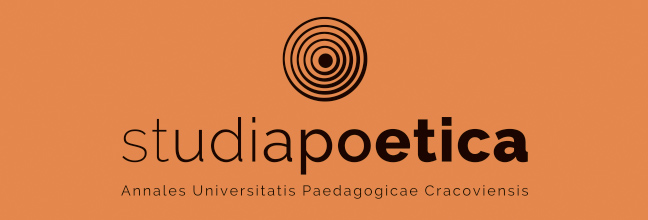konflikty między biskupami Wschodu po soborze w Nicei.
Main Article Content
Abstract
The Concil of Nicaea did not the Church the expected peace. The first satge of the long period of concil lasted until the death of emporer Constantine in 337. At that time, we witnes a reaction a gainst the arrangements made in Nicaea. While Constantine was still alive, the Nicene Creed was sacred and untouchable, but the suporters of Arianism managed to remove and banish theit main opponents: Athanasius, Eustachius of Antioch and Marcelius of Ancyra. One of the methods of removing inconvenient bishops was charging then with immorality, an example of with is the case of Eustachius, deposed by the synod in Antioch. According to the historian of the Cuurch, Sozomenus, the problem was Eustachius' engagement in the defence of the Nicene Cread and his uncompromising attitude towards the supporters of the Arian heresy, while the official pretext was the charge of disgracing the dignity of a bishop. The same synod ion Antioch deposed other five bishops and replaced them with those approved by the Arian faction. The conflict inside the Church was the most severe in Egypt, where the bishop of Alexandria was Athanasius. The situation in this country was complicated by the overlap of two conflicts the Arian heresy and the Melrtian schism. Athanasius had to face then both. The Meletians accused him of violence against them, barring them from churches and persecuting their leaders. the historians of the Church, socrates and sozomenus claim that these were allegations and that such violations were not proven. Athanasius was called before the synod twice: first to Caesarea (in 334), buthe refused to leave Alexandria, and then to Tyre (in 335), when he had to appear before the judges. The synod was organized by Eusebius of Caesarea, and it gathered pro-Arian bishop. When the emperor was informed that Athanasius threatened to arrest the fleet transporting grain to Constantinopole in the port of Alexandria, he exiled the bishop to Trier.
It may be concluded that the Concil of Nicaea the Arian faction changed the meth ods of fighting their opponents: avoiding complex theological problems, they brought up legal, moral or political charges against them. Most of activity was devoted to the rehabilitation of Arius and to the fight against Athanasius. The emperor, who was neutral at the beginning of the Arian controversy, remained neutral during the Concil and afterwards. Even if his attitude may be considered unfavourable to Athanasius, it did not result from the sympathy for Arianism, but from the fact that the bishop of Alexandria become of an incessant conflict inside the Church.
Article Details
|
